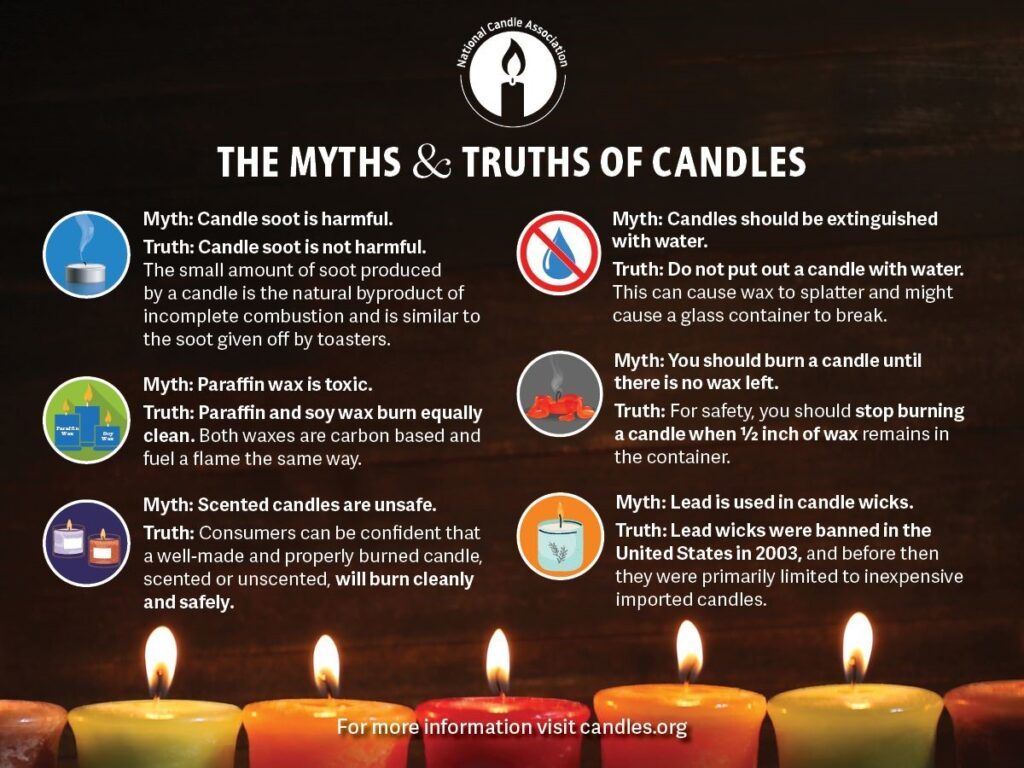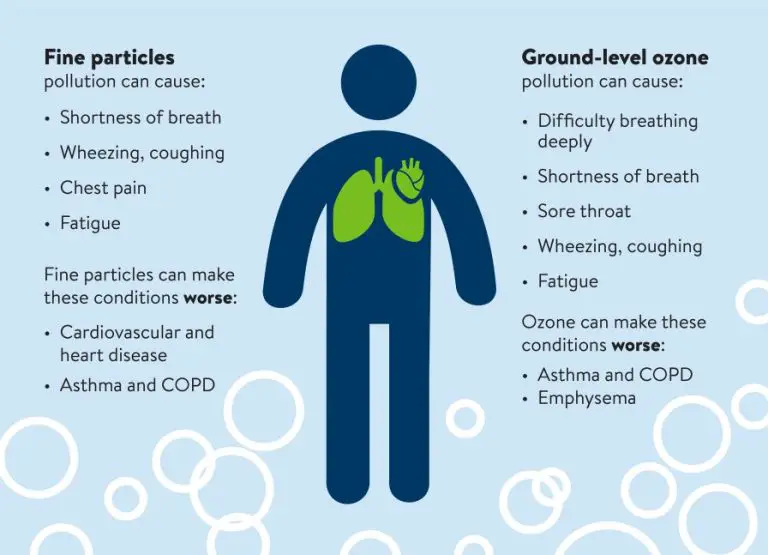Do Candles Need Warning Labels?
Candles are commonly used in homes for lighting, mood setting, and fragrance, but their open flames come with inherent fire risks. In recent years, there have been growing calls for candle manufacturers to include warning labels on their products to make consumers aware of these hazards and promote safe usage. Safety advocates argue that warning labels are needed to inform users about burn and fire risks, proper placement of candles, not leaving candles unattended, and keeping them away from children and pets. However, candle manufacturers have resisted adding extensive warning labels, believing existing voluntary safety standards already address many of these concerns. This content will examine arguments on both sides of the candle warning label debate and explore whether mandated labels would reduce injuries and property damage from candle fires.
Warnings on Other Household Items
Many common household products carry safety warnings and cautionary labels to alert consumers about potential hazards. According to the article “Reading Household Product Labels” (https://superfund.oregonstate.edu/sites/superfund.oregonstate.edu/files/reading_household_product_labels_materials.pdf), products like cleaners, drain openers, oven cleaners, bathroom cleaners, and more contain chemicals that can cause injury if not used properly. Labels provide guidance on safe usage and warn about health and environmental hazards.
For example, bleach cleaning products often warn “causes eye and skin irritation” and “wear protective gloves/eye protection.” Oven cleaners may state “fumes may be irritating” and “use only in well ventilated area.” Drain openers warn not to ingest and to avoid contact with skin and eyes. These warnings aim to minimize accidents and injury when using potentially dangerous chemical products. As the article “Household Products Labels” (https://www.labelandnarrowweb.com/issues/2017-07-08/view_features/household-products-labels/) discusses, clear hazard communication through warning labels is critical for household chemical safety.
Candle Fire Statistics
According to the National Fire Protection Association (NFPA), candles caused an estimated 4% of reported home fires, 3% of home fire deaths, 6% of home fire injuries, and 4% of the direct property damage in home fires from 2014-2018 in the United States (https://www.nfpa.org/education-and-research/home-fire-safety/candles).
A report from the U.S. Fire Administration (USFA) analyzed candle fires in residential structures from 2007-2011 and found that candles caused an annual average of 8,700 fires, 75 civilian deaths, 640 civilian injuries and $317 million in direct property damage (https://apps.usfa.fema.gov/downloads/pdf/statistics/v6i1.pdf). The report notes that 12% of these fires started when the candle user fell asleep, highlighting the importance of safe candle practices.
According to the USFA, candles were the heat source in 3% of reported home fires, 3% of home fire deaths, 6% of home fire injuries, and 5% of direct property damage from home fires in 2017 (https://sfm.illinois.gov/content/dam/soi/en/web/sfm/about/divisions/arson/yfsip/documents/candlefactsheet.pdf).
Common Candle Hazards
There are several common ways that candles can lead to fires and injuries if not used carefully. One of the most common issues is tipping over. Candles that are not on stable bases or are placed too close to the edge of a surface risk getting knocked over, whether by pets, kids, or even just a draft. Once tipped over, the flame can quickly ignite any nearby combustible materials like curtains, furniture, carpeting, etc. According to the National Fire Protection Association (NFPA), one-third of home candle fires start because the candle gets knocked over.
Another common hazard is forgetting to blow out candles before leaving a room or going to sleep. Candles that are left burning unattended for a long time risk the wax pool becoming too deep and the candle becoming unstable. The wick can also burn down and cause the container to crack or ignite. The NFPA reports that around 13% of home candle fires are caused by falling asleep or leaving the candle burning.
Placing candles too close to flammable materials is also dangerous. Things like curtains, blankets, towels, and paper can easily catch fire if they get too close to the candle flame. The NFPA advises keeping candles at least 12 inches away from combustibles. Failing to take proper precautions leads to fires in many homes each year.
Proposed Warning Label Requirements
In recent years, there have been proposals to institute mandatory warning labels on all candles sold in the United States. According to the National Candle Association (https://www.compliancegate.com/candle-regulations-united-states/), the Consumer Product Safety Commission issued an Advanced Notice of Proposed Rulemaking in 2001 that would have required the following warning label text on all candles:
“WARNING: This candle produces vapors that can ignite if left unattended or burn for extended periods of time. Keep candle away from things that catch fire and out of reach of children and pets.”
While this proposed regulation did not end up being implemented, some states such as California have enacted laws requiring similar warning labels on candles (https://ctmlabelingsystems.com/labeling/candle-label-requirements-guidelines-and-best-practices/). The details vary by state, but generally focus on alerting consumers about fire hazards, proper supervision, and keeping candles away from flammable objects.
More recently, the CPSC again proposed requiring warning labels on candle wicks containing lead and candles with flame heights above a certain threshold. However, mandatory federal warning label regulations have not yet been enacted for candles in the US. Most labeling remains voluntary by candle manufacturers following industry guidelines.
Opposition to Candle Warning Labels
Some groups oppose requiring warning labels on candles, arguing that they represent unnecessary regulation. The National Candle Association has stated that warning labels may “imply an inherent danger that does not exist,” and that candles have been used safely for centuries without warnings [1]. They believe warning labels may deter consumers from purchasing candles, hurting small businesses and candlemakers. The association advocates for more consumer education instead of warnings, teaching proper candle usage and burn times.
Other opponents argue that warning labels give a false sense of security, as consumers may assume candles are safe if used as directed on the label [2]. They believe warning labels may breed complacency instead of caution. Some also worry that overly restrictive labels may open candlemakers up to frivolous lawsuits if consumers misuse candles despite label instructions.
Overall, arguments against mandated warning labels assert that they are largely unnecessary and may not improve safety. Opponents say targeted consumer education campaigns would be a better approach to promote safe candle usage.
Support for Candle Warning Labels
Many consumer safety advocates argue in support of requiring warning labels on candles. According to the Consumer Product Safety Commission (CPSC), candle fires cause around 15,000 injuries and 150 deaths per year in the U.S. (CPSC). Warning labels are seen as a simple and low-cost method of improving candle safety by reminding consumers of proper usage and risks.

Proponents believe labels can help reduce accidents and injuries by increasing awareness of key safety issues like not leaving candles unattended, keeping them away from flammable objects, and extinguishing them before going to sleep. Clear instructions allow consumers to enjoy candles while mitigating avoidable hazards. Advocates argue the minor added cost to manufacturers is insignificant compared to the potential benefits of preventing fires and injuries.
Many major candle retailers like Yankee Candle voluntarily include warning labels, indicating the practice is feasible and well-accepted within the industry. Supporters believe requiring warnings across all brands levels the playing field while protecting public safety. They argue that consistent labeling allows consumers to make informed decisions and compare risk levels between products.
Implementing Warning Labels
If regulations were passed requiring candle manufacturers to include warning labels, there would be several considerations regarding the implementation.
Manufacturers would need to design warning labels that meet the specific requirements outlined in the regulations. This would likely involve working with label printing companies to create label templates that contain all required text, formatting, and graphical elements. Costs would need to be evaluated to print warning labels at scale across all candle products. The labels would need to be durable enough to adhere properly to candles and withstand heat from the flame (Source).
There could also be costs associated with updating manufacturing processes and equipment to accommodate adding warning labels during production. Manufacturers may need to change their candle packaging to leave space for warning labels.
For regulations to have an impact, there would also need to be enforcement measures and consequences for non-compliance. The CPSC or other governing bodies would be tasked with periodically auditing manufacturers to ensure they are complying with warning label requirements. There could be financial penalties for selling candle products without proper warning labels.
Overall, implementing effective warning label regulations would require involvement from lawmakers, manufacturers, auditors, and label producers. There would be initial and ongoing costs associated with adding warning labels to candles. With proper compliance enforcement, warning labels could help inform consumers about candle hazards.
Alternatives to Warning Labels
While warning labels on candles could help raise awareness about potential dangers, there are other effective ways to promote candle safety that should be considered before requiring labels. The National Fire Protection Association (NFPA) advocates focusing on public education campaigns instead of warning labels to spread safety information about proper candle usage and hazards.
Public education campaigns can include fire departments giving presentations and distributing flyers on candle safety, as well as schools and community organizations holding seminars. Social media campaigns, radio/TV PSAs, and online content from fire safety groups can also help spread candle safety messages effectively. With creative and engaging messaging, these initiatives can reach wider audiences compared to labels alone.
Additionally, manufacturers can include candle safety tips and instructions printed on packaging or inserts without requiring prominent warning labels. Simple tips like keeping candles away from flammable objects, not leaving them unattended, and properly extinguishing them can be communicated through these channels as well as online product listings.
Ultimately, utilizing diverse public education campaigns and informational materials with candle safety advice can promote safe candle practices just as effectively, if not more so, than mandated warning labels.
Conclusion
This issue has reasonable arguments on both sides. Those opposed to warning labels argue that they would unnecessarily alarm consumers and damage the image of candles as cozy, scent-filled decor. However, proponents argue warning labels could prevent fires and injuries by making consumers more cautious and aware of proper handling.
On balance, warning labels on candles seem prudent. While the opposition makes fair points, the potential fire risks and deaths outweigh the downsides ofdampening the aesthetic appeal of candles. Warning labels educate consumers on risks they may not consider and remind them to take precautions like keeping candles away from flammable objects and not leaving them unattended. With clear, minimally intrusive labels, candle makers can promote safe use while preserving the ambiance candles provide.

